Investigating a series of violent raids by a predatory species, Kirk and company discover a connection to Balok and his people from “The Corbomite Maneuver.” As the Enterprise moves to assist the First Federation, it comes under attack and is forced to seek refuge; and that is when things really get interesting …
Compelling. Powerful. Christopher L. Bennett’s latest Star Trek novel, The Face of the Unknown, is a relevant reminder of Star Trek’s message of Infinite Diversity in Infinite Combinations (IDIC). It is only fitting that the novel’s setting is The Original Series, which wrote the book on social commentary in popular culture. Kirk and crew once again encounter the mysterious Balok, reunite with Lieutenant Bailey, and meet the species that make up the First Federation, all of whom will need to work together if any of them are to survive.
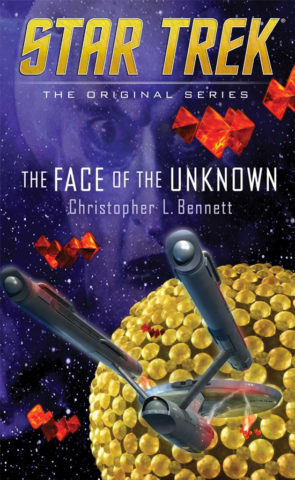
Viewers of TOS have grown accustomed to seeing the visage of Balok’s dummy from “The Corbomite Maneuver” during the show’s end credits for decades. Now Bennett reveals the secret origins of the mannequin’s countenance, in a story that revisits the iconic episode as the Enterprise enters the fourth year of its five-year mission.
Minutiae can be a wonderful thing when it comes to writing a novel, yet that same attention to detail can be a detriment. Bennett’s world building is superb as he introduces and explores the numerous species that make up the First Federation, including Balok’s people, the Linnik (all of whom live in secret on the planet Cherela in the Web of Worlds). However, while time is necessary to build a captivating back story and connection, it also sometimes bogs the novel down. That said, the reward at the end is worth the time spent meeting and learning about these new races.
Connections are vital to empathize with the First Federation’s plight. Bennett utilizes Bailey, the former hothead lieutenant who volunteered to remain with Balok as an ambassador at the conclusion of that mission, as his initial entryway into the story. Bailey has matured from an impulsive hothead, and his development has been essential for Balok’s secluded race to trust him, as well as allow Balok himself to grow. “I saw how humans had the capacity to learn from their fears and failures and transform them into strength.”
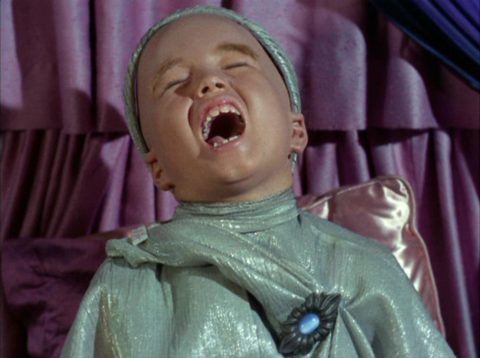
Fear is a common theme in the actions of the First Federation’s four species as well as the novel’s antagonist, the Dassiks. Both fight for their survival, and yet are more closely connected than either one realizes. It is interesting to see how millennia of learned practices and prejudices challenge everyone’s motivations and may just prevent the survival of them all, which provides a fascinating correlation to events in the world at this moment.
Whether he intended to do this or not, Bennett provides a sharp commentary to the political climate throughout the globe, especially the United States, as the First Federation and Dassik begin to scrutinize their beliefs after interacting with the Enterprise crew. Starfleet’s finest are the example for all to aspire in the universe, and here on Earth. Yet sometimes it is easy to forget that not all cultures are as evolved.
Kirk was shocked by the barrage of hate…but he hadn’t realized until this moment just how widely Tirak had spread his message of xenophobia.
Evidence and fact are generally two indisputable pieces to reach an informed decision. Yet, much like the current issues surrounding climate change, there are those who still refuse to acknowledge the insurmountable data. For the Dassik to survive, they also need to recognize the information provided. However, it is never that simple.
Gruh had never been the type to listen to scientists, but science has a way of exacting revenge.
It’s a fascinating line that serves to explain the character’s rage, and yet Bennett hits quite close to home with this observation. The author would make Gene Roddenberry and his writing staff proud.

CHARACTER GROWTH
Taking advantage of the novel’s setting, Bennett plants seeds for Spock’s eventual departure from Starfleet. The Vulcan begins to question his future after his interaction with a Kisaja female, Nisu, as they share an intimate connection due to her telepathic abilities.
Spock’s journey is more understated in the novel, while Nisu is one of two characters whom enjoy the most growth. While her motives are more romantic and perhaps even selfish when it comes to Spock, his logic and forthrightness allow her to begin to understand herself in more ways than she could have imagined when first encountering the Enterprise.
Forcing Nisu’s self-reflection allows Bennett to comment on how people allow fear to paralyze them and dictate future decisions. When permitted to impose its will on people, fear leads to irrational thoughts and actions, just as it does for Nisu in the novel. The challenge for the Kisaja is to overcome the fear instilled by the Web’s leaders and realize that complacency has become the real enemy before it’s too late.
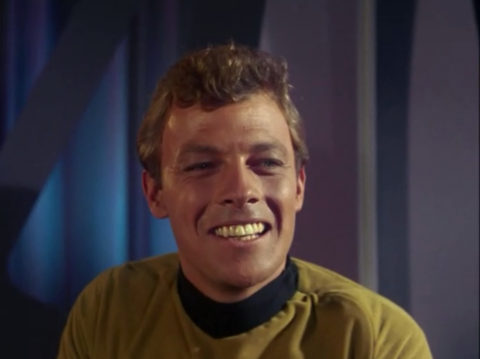
LOST EPISODE
“The Corbomite Maneuver” is actually the first Star Trek episode Bennett watched as a child. He nails all the touchstones fans have come to expect among the Enterprise’s characters; from the easy camaraderie of Kirk and Spock, especially when facing seemingly overwhelming odds (“[Scotty] never should have doubted what those two could accomplish.”) to McCoy’s cantankerous nature, “Blast it, Jim, I’m a doctor, not a …”
Limited by the time allotted for television, secondary characters from TOS rarely had time to shine. Bennet makes up for that as he gives both Sulu and Uhura pivotal roles. The author adds in nice little moments for the pair, showing the development of the off-ship friendship of Sulu and Chekov, and the history between Spock and Uhura.
The Face of the Unknown has a nice episodic feel, closing with Spock and McCoy debating the impact of the Enterprise’s role in the story’s resolution, standing at either side of Kirk. Bennett deftly captures the meaning of Star Trek, he presents questions to be asked without hitting the reader over the head, all the while providing an entertaining chapter in Star Trek lore.
Plus, he leaves the door open for another story, possibly in the vein of The Wrath of Khan.

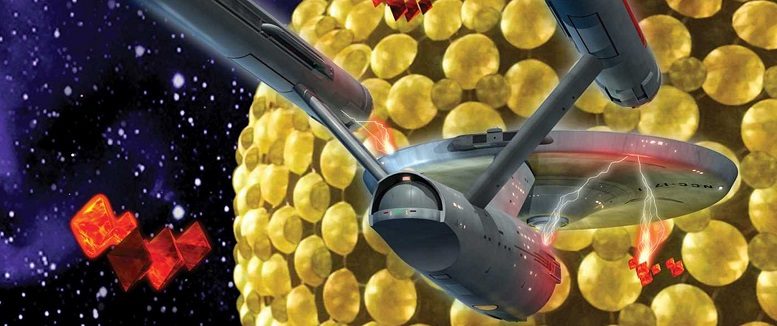
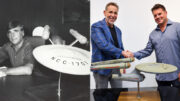
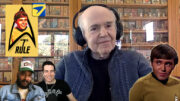
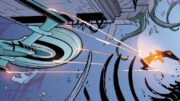
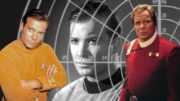
Just finished last night. Certainly in the top tier of Trek novels with relevant social commentary and world building of an iconic Trek species. Highly recommended.
I wasn’t going to buy this, Now I am thinking about it.
Good job with the review Rich.
“Yet, much like the current issues surrounding climate change, there are those who still refuse to acknowledge the insurmountable data.”
Then I have to remind people that it was as much as 22°C warmer during the mid and late Pliocene.
Now I have proof that I’m being censored on this board, at least my alter ego is.
Shame on you Trekmovie!!!!
“Comment awaiting moderation” —feh!